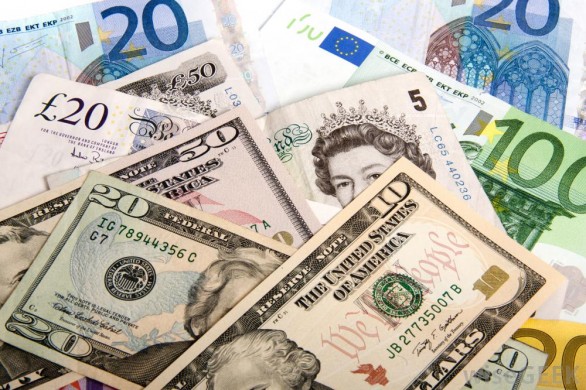Insurance float comes in different qualities. Insurance against hail damage to crops over a few days or weeks does not produce much float at all because premiums are paid shortly before the threat and claims are paid shortly afterwards. This means that combined ratio of 100 is of no value to the insurer because it offer no chance to produce profit from investing float. (Combined ratio is cost of operations and claims divided by premiums expressed as a percentage)

In contrast, doctors, lawyers and accountants buying malpractice insurance generate a high amount of float compared with the annual premium – lodges of claims are often long after the alleged bad behaviour, and even after that pay outs might only occur only after lengthy litigation.
With this type of “long-tail” business a combined ratio of 115 or more can be profitable because the income and capital gains on the float over a number years can mount up.
The snag with long-tail insurance is that outcomes are far less predictable than short-term insurance, and it might be that the combined ratio ends up at 200 or 300, a disastrous loss for most insurance companies. Clearly long-tail insurers need to be very careful in selecting the risks they accept and be diversified so that if a mistake is in made in one area they have strength in many others.
Because of the different qualities of float Buffett suggests we measure insurance performance using the metric “loss/float ratio” over a period of years to gain a rough indication of the cost of funds generated by insurance operations.
Examination of the table gives us some idea of Berkshire’s loss/float ratio, but only if we avoid looking at single years and instead focus on groups of years, say three or four years.
Profit record of Berkshire Hathaway Insurance businesses
(1) (2) Yearend Yield
Underwriting Approximate on Long-Term
Loss Average Float Cost of Funds Govt. Bonds
———— ————- ————— ————-
(In $ Millions) (Ratio of 1 to 2)
1967 ……… profit $17.3 less than zero 5.50%
1968 ……… profit 19.9 less than zero 5.90%
1969 ……… profit 23.4 less than zero 6.79%
1970 ……… $0.37 32.4 1.14% 6.25%
1971 ……… profit 52.5 less than zero 5.81%
1972 ……… profit 69.5 less than zero 5.82%
1973 ……… profit 73.3 less than zero 7.27%
1974 ……… 7.36 79.1 9.30% 8.13%
1975 ……… 11.35 87.6 12.96% 8.03%
1976 ……… profit 102.6 less than zero 7.30%
1977 ……… profit 139.0 less than zero 7.97%
1978 ……… profit 190.4 less than zero 8.93%
1979 ……… profit 227.3 less than zero 10.08%
1980 ……… profit 237.0 less than zero 11.94%
1981 ……… profit 228.4 less than zero 13.61%
1982 21.56 220.6 9.77% 10.64%
1983 33.87 231.3 14.64% 11.84%
1984 48.06 253.2 18.98% 11.58%
1985 44.23 390.2 11.34% 9.34%
1986 55.84 797.5 7.00% 7.60%
1987 55.43 1,266.7 4.38% 8.95%
1988 11.08 1,497.7 0.74% 9.00%
1989 24.40 1,541.3 1.58% 7.97%
1990 26.65 1,637.3 1.63% 8.24%
1991 119.59 1,895.0 6.31% 7.40%
1992 108.96 2,290.4 4.76% 7.39%
1993 profit 2,624.7 less than zero 6.35%
1994 profit 3,056.6 less than zero 7.88%
1995 profit 3,607.2 less than
………………To read more subscribe to my premium newsletter Deep Value Shares – click here http://newsletters.advfn.com/deepvalueshares/subscribe-1

 Hot Features
Hot Features












